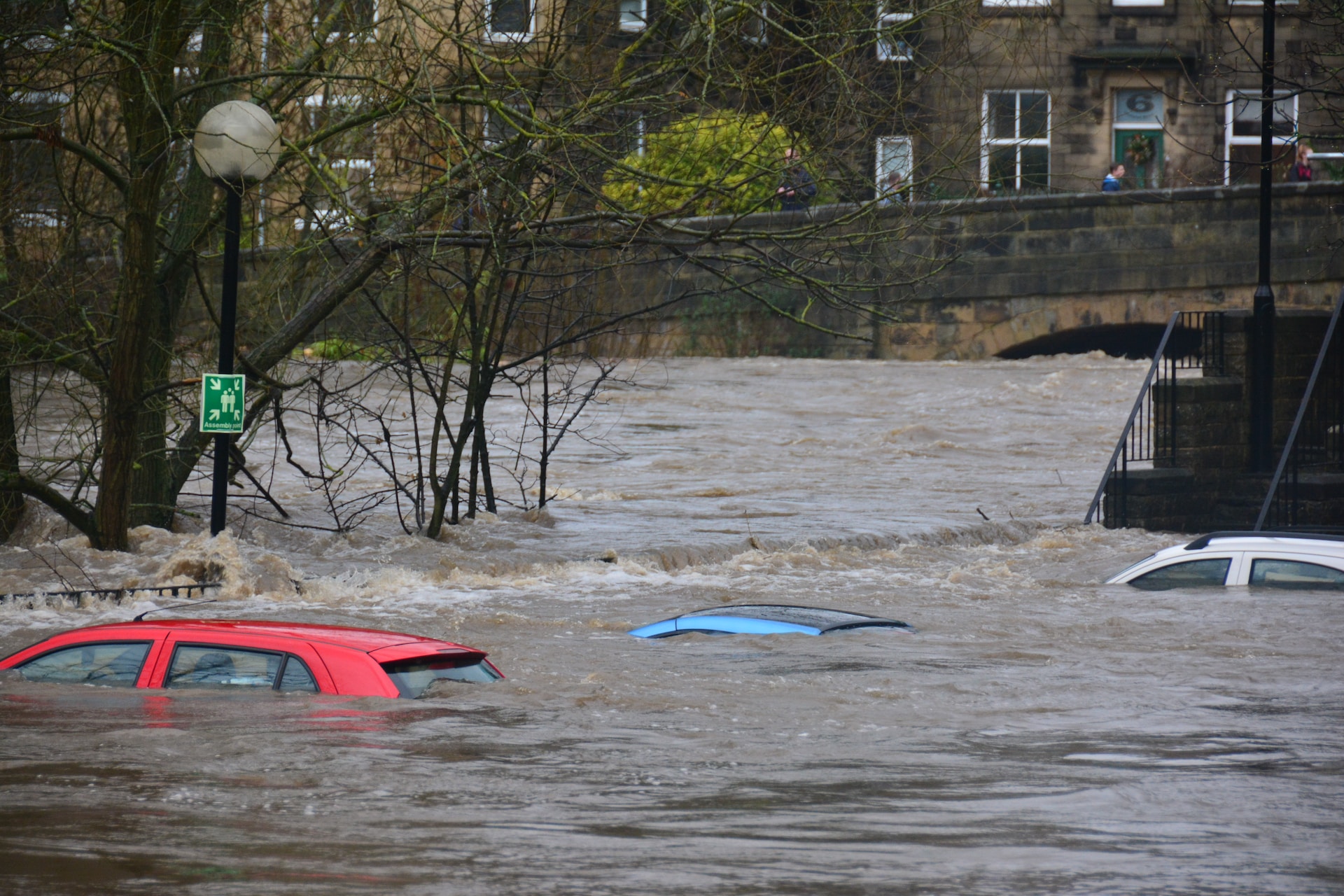

Question: Do Walls Need to Be Replaced After Flood?
Answer: Walls may need to be replaced after a flood due to water damage, mold growth, and structural integrity concerns. We recommend a professional assessment and remediation.
Assessing Flood Damage: Do You Need New Walls?
Floods devastate homes and leave homeowners with many problems. One common question is whether you need to replace your walls. Understanding the factors that determine the need for replacement is important. We will break down the process into easy steps. You must assess the damage, understand your wall materials, and address mould. You also need to consider your insurance policy. Taking quick action helps you protect your home. It also helps you make an informed decision to safeguard your property and well-being.
Assessing Water Damage
You must assess the extent of the damage after a flood. Inspect your walls for visible signs of water damage. Look for discoloration, swelling, and softening. The type of wall material and the duration of water exposure influence the severity of the damage. You can use a moisture meter to check for water inside the walls. You can also use a screwdriver to probe soft spots. If the drywall or plaster feels spongy, it likely needs replacement. A professional can help you identify hidden damage. They can also recommend a course of action. They can tell you if you can salvage the walls or if you must replace them. A quick and accurate assessment is the first step to a successful recovery. It prevents further damage and costly future repairs. You should prioritize this step to protect your investment.
Check out this page to read more about what your house is worth
Related Article: How Long Does Water Have to Be on the Floor to Cause Damage?
Related Article: What is the Difference Between Property Damage and Physical Damage?
Wall Materials and Damage Levels
Different wall materials react differently to water. Drywall is very susceptible to water damage. Once wet, it loses its structural integrity and it also becomes a breeding ground for mould. You should replace wet drywall, as drying it does not restore its original condition. Concrete and brick walls are more resistant to water; however, prolonged water exposure can weaken the mortar. You can often repair minor damage to concrete and brick but you must replace them if the damage is severe. Wooden walls present a complex situation. Some types of wood can withstand water exposure while others may warp or rot. A professional can help you decide whether to repair or replace wooden walls. Understanding how each material reacts to water helps you make a better decision. This knowledge helps you protect your home and its value in the long run.
Addressing Mould
Mould growth is a serious concern after a flood. Mould can grow within 24 to 48 hours of a flood. It can cause health issues for you and your family. Identifying mould is a priority and you should hire a professional for mould testing. They can confirm the presence of mould. If you detect mould, you must remediate it quickly. This process can involve cleaning, sanitizing, or replacing affected walls. A professional guides you through the process. They determine the best course of action based on the extent of the mould growth. You can take some steps to prevent mould. ry the affected area quickly and thoroughly and use dehumidifiers and fans. You should also remove all wet materials. This includes drywall, insulation, and carpet. Preventing mould growth protects your health. It also preserves your home’s value as a home with a history of mould will sell for less.
Insurance and Claims
Home insurance policies have different coverages for flood damage but you must understand your specific policy. This helps you determine if your policy covers wall replacement costs. You should consult with your insurance agent as they can help you understand your policy’s terms. You should also understand the claims process. File your claim quickly and provide a detailed list of all damages. Take photos and videos of the damage and keep all receipts for any temporary repairs you make.
An adjuster from the insurance company may inspect your property to verify the damage. They will use their report to approve your claim and determine the payout amount. An accurate claim can speed up the process and it also ensures you receive a fair settlement. Most standard policies do not cover flood damage as you may need separate flood insurance. Understanding your policy ensures you get the right coverage when you need it.
Conclusion
You must decide whether to replace walls after a flood and this decision depends on several factors. Consider the type of material, the extent of the damage, and the presence of mould. You must also consider your insurance policy. While some situations clearly require replacement, others may only need repairs. Take a proactive approach and inspect your home thoroughly. Take swift action to protect your home. Whether you patch up minor damages or do a full replacement, these steps will help you make an informed decision. They also safeguard your property and your well-being. A prepared homeowner can recover faster from a flood and this will also help you maintain your property’s value. 1 ]
References
1. https://www.ndsu.edu/agriculture/ag-hub/cleaning-and-repairing-flood-damaged-walls-ceilings-and-floors


